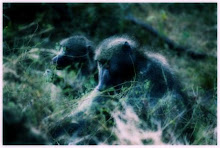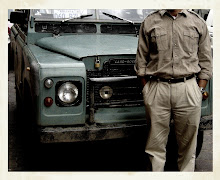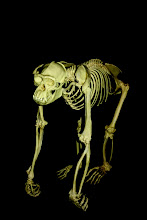
Tuesday, March 31, 2009
Sophisticated design......"caret initio et fine"

Prince Aage of Denmark - An adventurer - Officer of the Foreign Legion.
 .....as I opened a drawer in one of my cabinets to organize some medals for my dinner jacket.. I came upon one of my old badges from French Commando School - which, I attended, - It reminded me about...Prince Aage, who had a fascinating life, colorful and eccentric - born - Christian Alexander Robert Aage, Prince of Denmark, he was a great,great nephew of King Louis Phillipe of France, the King who founded the French Foreign Legion in 1831. After serving in the Danish Army, he finally joined the French Foreign Legion in 1923 and in February of that year arrived in French Morocco where he joined the the Foreign Legion at Meknes with the rank of Captain. He had been fascinated by the Foreign Legion since his childhood. A close family friend use to return on leave to Denmark from the Legion and in the evenings tell dramatic exotic tales of his adventures as an officer. Prince Aage campaigned in the Middle Atlas Region against the Berbers until May 1923 when he was assigned to the staff of General Poeymirau as liaison officer.
.....as I opened a drawer in one of my cabinets to organize some medals for my dinner jacket.. I came upon one of my old badges from French Commando School - which, I attended, - It reminded me about...Prince Aage, who had a fascinating life, colorful and eccentric - born - Christian Alexander Robert Aage, Prince of Denmark, he was a great,great nephew of King Louis Phillipe of France, the King who founded the French Foreign Legion in 1831. After serving in the Danish Army, he finally joined the French Foreign Legion in 1923 and in February of that year arrived in French Morocco where he joined the the Foreign Legion at Meknes with the rank of Captain. He had been fascinated by the Foreign Legion since his childhood. A close family friend use to return on leave to Denmark from the Legion and in the evenings tell dramatic exotic tales of his adventures as an officer. Prince Aage campaigned in the Middle Atlas Region against the Berbers until May 1923 when he was assigned to the staff of General Poeymirau as liaison officer.  Legionnaire
LegionnaireHe was awarded the Croix de Guerre in July 1923. The Foreign Legion is known for their eccentric commanders, in May 1924 he was given command of the mounted infantry company of the 2nd R.E.I. He saw combat action north of the border with Spanish Morocco. Here the Legion fought the Berber Riff leader Abd-el-Krim, who had raised the tribes against the Spanish. In 1924, Prince Aage was appointed to the staff of Marshall Lyautey as Intelligence Officer. In April 1925, Abd-el-Krim invaded French Morocco. Here the Prince participated in combat actions in the mountains. He served with the Legion in Morocco until his death in Taza, Morocco, 1940 and was buried in Sidi Bel Abbés, Algeria after serving with the legion for seventeen years. He had reached the rank of Lieutenant-Colonel.

Saturday, March 28, 2009
Destination Arabia and the "City of Consulates" - al-Balad....
 Sun rises over Jeddah and a new day is born.......
Sun rises over Jeddah and a new day is born.......




It was here in Jeddah the pilgrims arrive(d) on their way to the Holy cities of Medina and Makkah.
 Once, this was not more than a small fishing village.
Once, this was not more than a small fishing village.The city traces its traditions back approximately 2500 years.
 Jeddah got to be the port for trading between the East and the Mediterranean, with Makkah and Medina pilgrims travels from around the world.
Jeddah got to be the port for trading between the East and the Mediterranean, with Makkah and Medina pilgrims travels from around the world. A melting of cultures, very different from Riyahd and Dammam. Well, it is about al-Balad - In the 1880s the Ottoman Empire had reach out and had control over the city - Diplomats started pouring in and the "City of Consulates" grew up or as it is known in Arabic "Bilad al Kanasil" , or al-Balad.
A melting of cultures, very different from Riyahd and Dammam. Well, it is about al-Balad - In the 1880s the Ottoman Empire had reach out and had control over the city - Diplomats started pouring in and the "City of Consulates" grew up or as it is known in Arabic "Bilad al Kanasil" , or al-Balad.
Beautiful, intriguing buildings made out
of coral blocks were you can see pieces of coral and sea shells incorporated to the structure. The walls and the foundation are built entirely with coral taken from the seashore or from the surrounding hills which once were under the sea level. The blocks are held together with mortar made by mixing sand and lime, which was produced by firing coral in large vats.


Blue, pistachio green or sun bleached brown wood - Wood brought back from destinations far away.The balconies were extensions of the house were there owners could sit comfortably and smoke a Shisha (water pipe) with herbal fruits or tobacco in the cooling breeze.To protect the wood from the heat, humidity and insects the wood was coated with a liquid extracted from the Al-Bisham plant found in the mountains. Shark oil was also used for the same purpose. The resulting brown stain was an effective preservative.


The rest of this tale? Maybe - you will have some sweet dates and some Arabic coffee under the shades of a palm tree somewhere in the desert...and continue to write the tale of a traveler - I will leave it up to your own imagination.....
Friday, March 27, 2009
My Father was a true Eccentric...(Part I)

 Here is a photo of Alexander Thynne, Marquis of Bath, with crocodile, at his estate, in Longleat, Wiltshire.
Here is a photo of Alexander Thynne, Marquis of Bath, with crocodile, at his estate, in Longleat, Wiltshire.That my father was an eccentric - was no doubt about it, a man from the old school, a man with a definitely nonconforming attitude.
So, I read as follow; "according to studies, there are fifteen distinctive characteristics that differentiate a healthy eccentric person from a regular person (although some may not always apply). The first five are in most people regarded as eccentric:" The outcome?
My father had thirteen of the fifteen characteristics. The two characteristics he did not have - he was not a bad speller or single.
 Nomadic Jaguars in the Cheviot Walk, Northumberland.
Nomadic Jaguars in the Cheviot Walk, Northumberland. Lady Isabella Cawdor with three of her four children, Eleanor, Jean, and James, at Carnoch, Invernesshire, in the Scottish Highlands.
Lady Isabella Cawdor with three of her four children, Eleanor, Jean, and James, at Carnoch, Invernesshire, in the Scottish Highlands.The Characteristics are:
 Snowfall in the summer at Eglingham Hall, in Northumberland, owned by the Bewicke family.
Snowfall in the summer at Eglingham Hall, in Northumberland, owned by the Bewicke family. Dame Vivienne Westwood, unconventional fashion designer, in the old Camden Palace, in London.
Dame Vivienne Westwood, unconventional fashion designer, in the old Camden Palace, in London. Three Guinness heirs.
Three Guinness heirs.14 - Usually the eldest or an only child
15 - Bad spellers
 Guinness heir Garech Browne at Luggala, the family estate in County Wicklow, Ireland, where he has put white sand around his black lake so that it resembles a glass of Guinness.
Guinness heir Garech Browne at Luggala, the family estate in County Wicklow, Ireland, where he has put white sand around his black lake so that it resembles a glass of Guinness.To be continued
click here for Part II
Thursday, March 19, 2009
Destination Arabia...............
 "The world looks with some awe upon a man who appears unconcernedly indifferent to home, money, comfort, rank, or even power and fame. The world feels not without a certain apprehension, that here is some one outside its jurisdiction; someone before whom its allurements may be spread in vain; some one strangely enfranchised, untamed, untrammelled by convention, moving independent of the ordinary currents of human action."
"The world looks with some awe upon a man who appears unconcernedly indifferent to home, money, comfort, rank, or even power and fame. The world feels not without a certain apprehension, that here is some one outside its jurisdiction; someone before whom its allurements may be spread in vain; some one strangely enfranchised, untamed, untrammelled by convention, moving independent of the ordinary currents of human action."  "Every day of your life is a page of your history."
"Every day of your life is a page of your history."Wednesday, March 18, 2009
Arabia - R. V. C. Bodley

 It was after having a conversation with T.E. Lawrence, R.V.C. went to live with the Arabs. They were both Officers and friends. R.V.C. had expressed himself and did not know what to do with his future -T.E. had simply said go and live with the Arabs. R.V.C. thought about it and came to live in the Sahara for seven years. It was in 1918 after the war he went to north-west Africa to live. There he learned to speak the language of the nomads, dressed like them and adopted their customs and took their culture to heart. Educated at Eton and at Sandhurst. He had lived in France for nine years, six years in India as an Officer where he explored the Himalayas.........R.V.C. a hunter as well. A man definitely ready for some new life experiences..... Who new the Arabs better than his friend T.E.? This new life, changed R.V.C.s life philosophy forever. A book to read: "Wind in the Sahara by R.V.C. Bodley"
It was after having a conversation with T.E. Lawrence, R.V.C. went to live with the Arabs. They were both Officers and friends. R.V.C. had expressed himself and did not know what to do with his future -T.E. had simply said go and live with the Arabs. R.V.C. thought about it and came to live in the Sahara for seven years. It was in 1918 after the war he went to north-west Africa to live. There he learned to speak the language of the nomads, dressed like them and adopted their customs and took their culture to heart. Educated at Eton and at Sandhurst. He had lived in France for nine years, six years in India as an Officer where he explored the Himalayas.........R.V.C. a hunter as well. A man definitely ready for some new life experiences..... Who new the Arabs better than his friend T.E.? This new life, changed R.V.C.s life philosophy forever. A book to read: "Wind in the Sahara by R.V.C. Bodley"
Tuesday, March 17, 2009
.."White Hunters" ....J.A. Hunter (1887 - 1963)

 Hunter was one of the first ”White Hunters”. Born in Scotland, he arrived in East Africa in 1908. Hunter came to spend his entire life as a Professional Hunter in East Africa. He brought with him his old Purdey shotgun which, had been a present from his father in Scotland before he departed for Africa (For all of us who like Purdey). Some of his Big Game rifles were a 416 Rigby, 500 Nitro Express and a 505 Gibbs. He owned Hunters Lodge hotel in Makindu. He bought the Lodge in 1958 and it became his final resting place in 1963.
Hunter was one of the first ”White Hunters”. Born in Scotland, he arrived in East Africa in 1908. Hunter came to spend his entire life as a Professional Hunter in East Africa. He brought with him his old Purdey shotgun which, had been a present from his father in Scotland before he departed for Africa (For all of us who like Purdey). Some of his Big Game rifles were a 416 Rigby, 500 Nitro Express and a 505 Gibbs. He owned Hunters Lodge hotel in Makindu. He bought the Lodge in 1958 and it became his final resting place in 1963. He wrote several books: African Bush Adventures, African Hunter, Hunter’s Tracks and White Hunter.
He wrote several books: African Bush Adventures, African Hunter, Hunter’s Tracks and White Hunter.
Arabia - Lady Blunt (1837 - 1917) - 15th Baroness Wentworth

 The Garden in Sheyk Obeyd by Artist Ivan Lloyd
The Garden in Sheyk Obeyd by Artist Ivan LloydMonday, March 16, 2009
Sunday, March 15, 2009
Carl Milles (1875 - 1955) - Swedish-American - Sculptor assistant to August Rodin in Paris, France...
 He was a most famous sculptor himself. Born in Sweden, immigrated to the USA and became an American citizen in 1945. His works can be found all over the world. Many of his sculptures can bee seen to this day at Millesgarden,a museum on one of the northern islands in Stockholm called Lidingo. Did I ever experience his sculptures?
He was a most famous sculptor himself. Born in Sweden, immigrated to the USA and became an American citizen in 1945. His works can be found all over the world. Many of his sculptures can bee seen to this day at Millesgarden,a museum on one of the northern islands in Stockholm called Lidingo. Did I ever experience his sculptures? 

Journals without meaning.........once again.....
 "Eccentricity is not, as dull people would have us believe, a form of madness. It is often a kind of innocent pride, and the man of genius and the aristocrat are frequently regarded as eccentrics because genius and aristocrats are entirely unafraid of and uninfluenced by the opinions and vagaries of the crowd"
"Eccentricity is not, as dull people would have us believe, a form of madness. It is often a kind of innocent pride, and the man of genius and the aristocrat are frequently regarded as eccentrics because genius and aristocrats are entirely unafraid of and uninfluenced by the opinions and vagaries of the crowd" 

 “If people and their manner of living were alike everywhere, there would not be much point in moving from one place to another.”
“If people and their manner of living were alike everywhere, there would not be much point in moving from one place to another.” 





 “Do not lose hold of your dreams or aspirations. For if you do, you may still exist but you have ceased to live.”
“Do not lose hold of your dreams or aspirations. For if you do, you may still exist but you have ceased to live.” - Henry David Thoreau
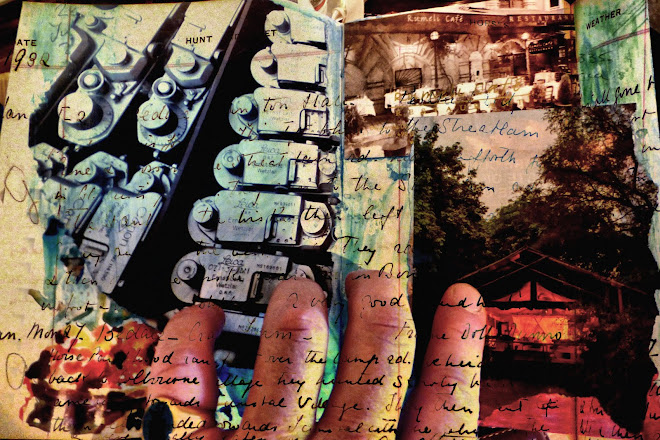






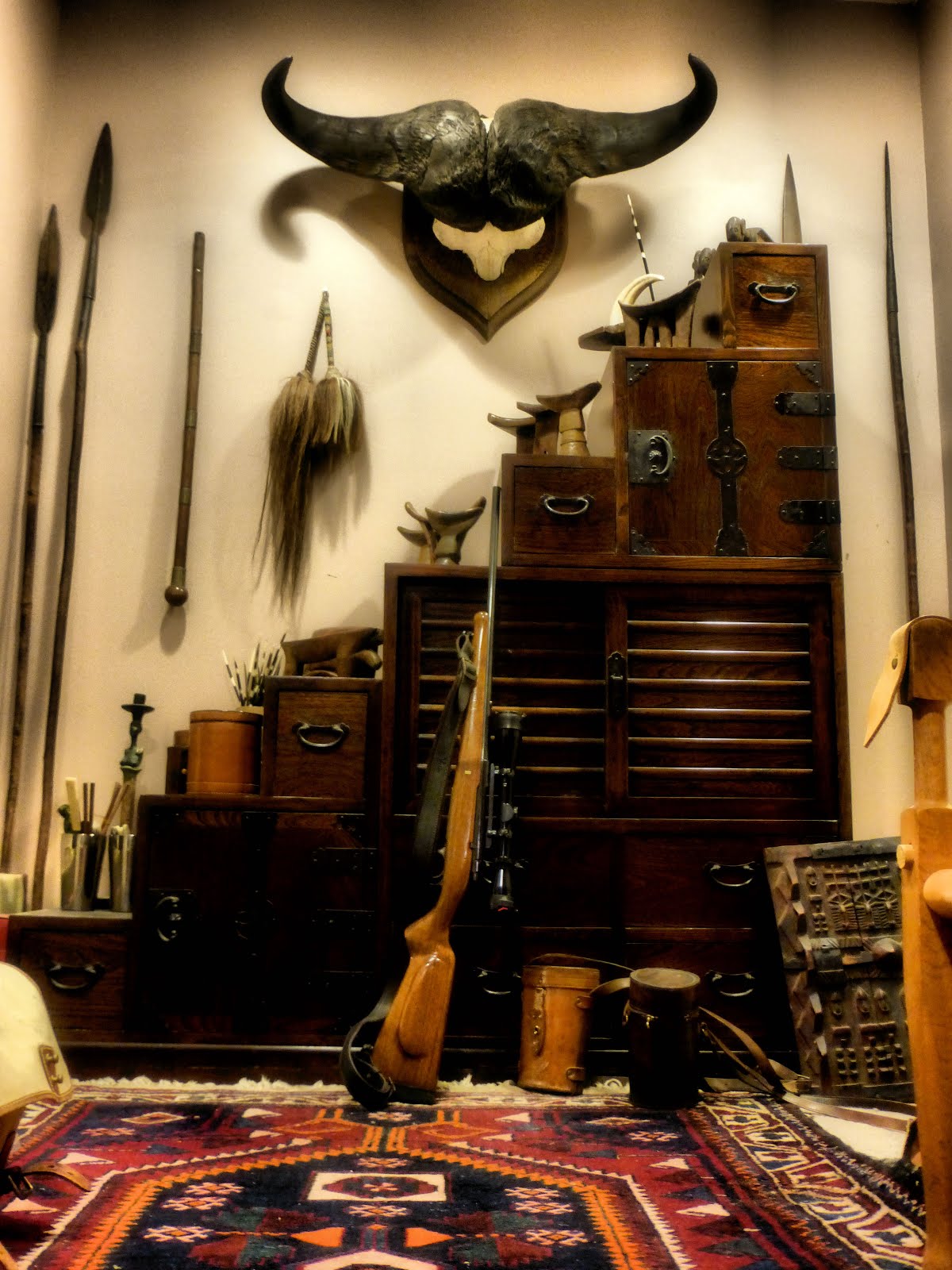




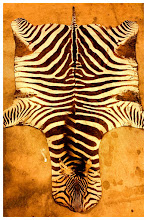




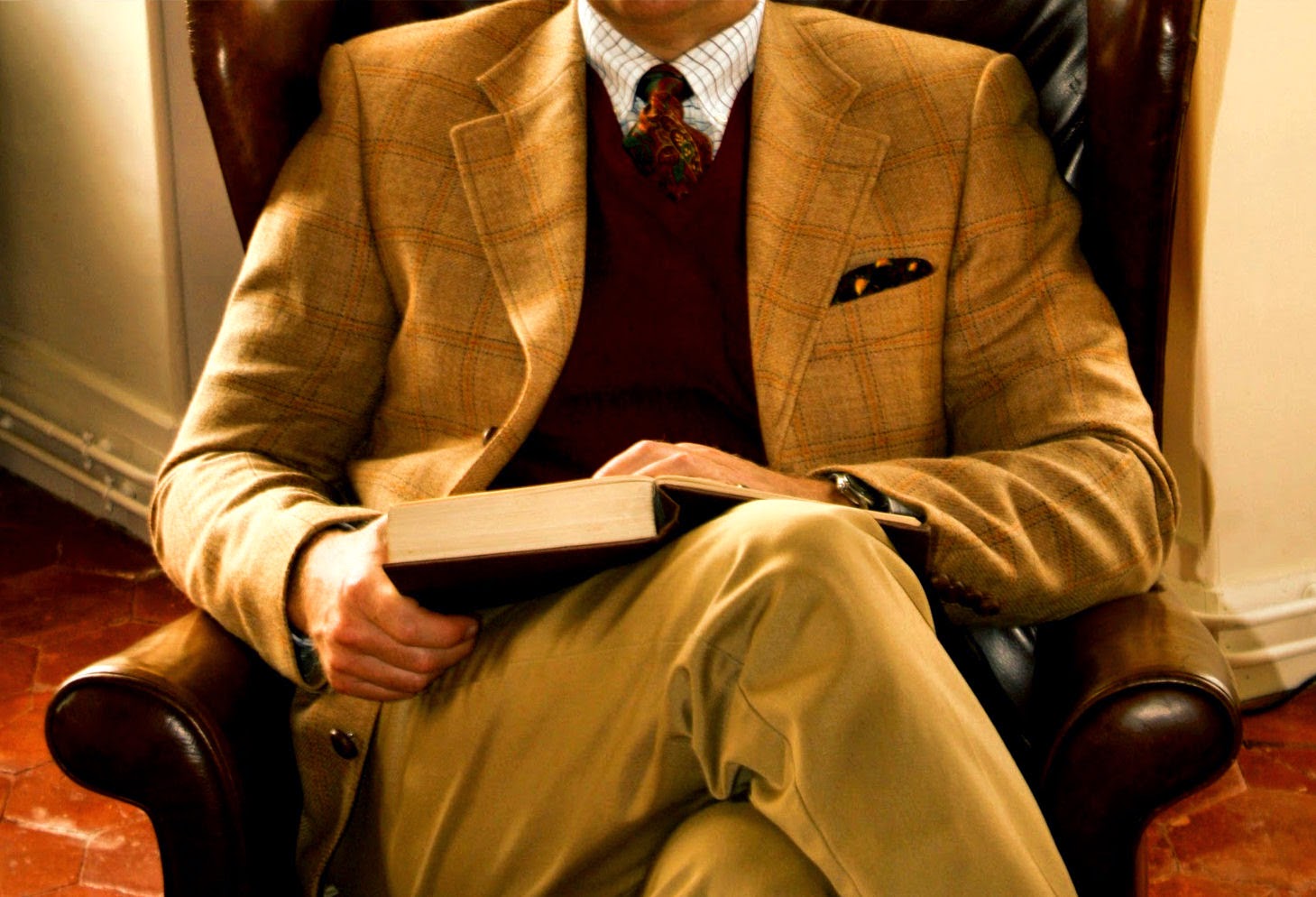

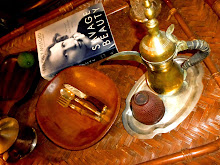
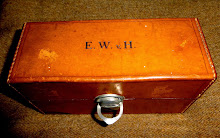
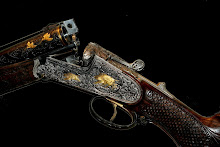



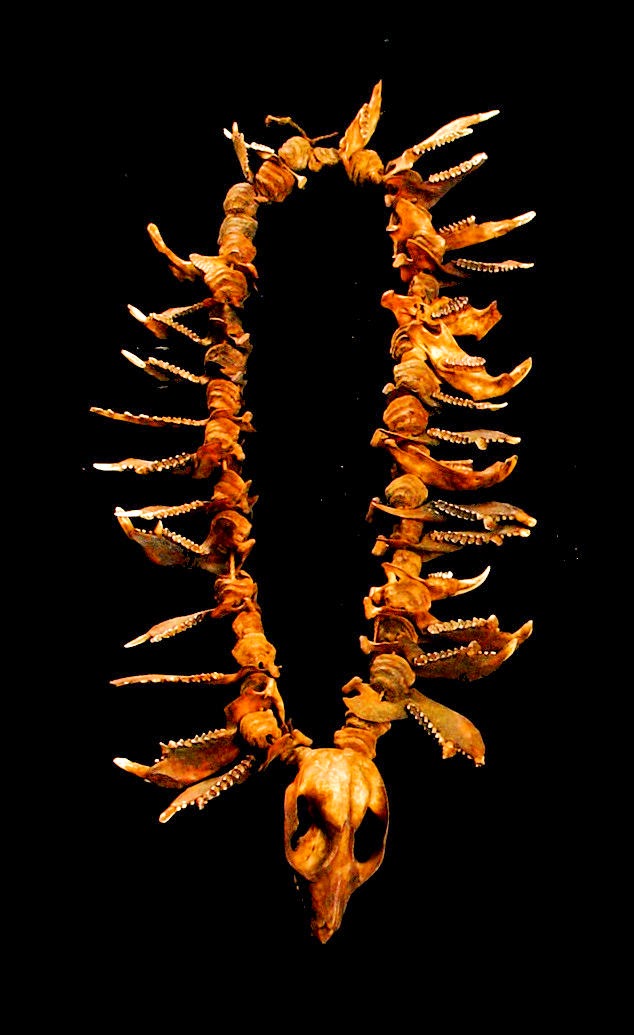
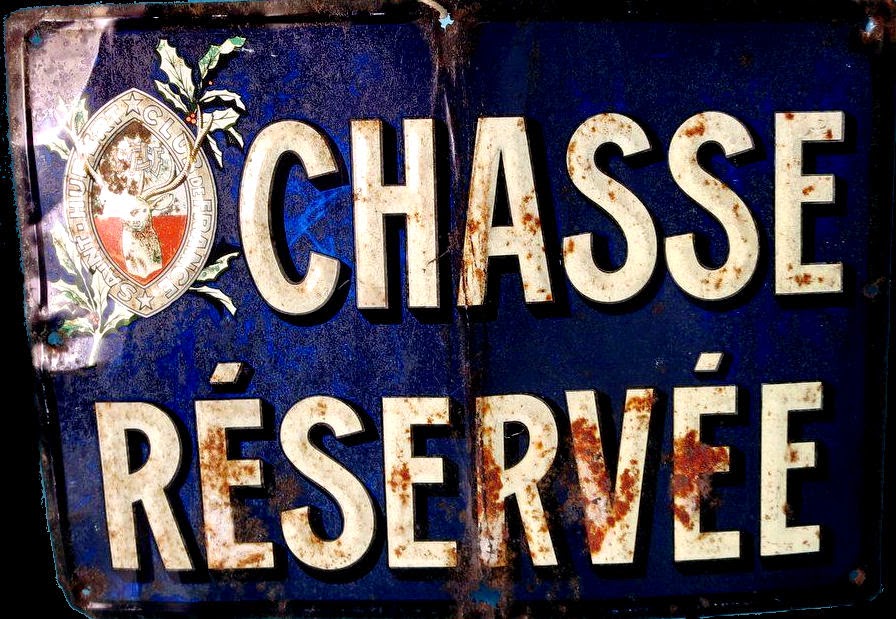
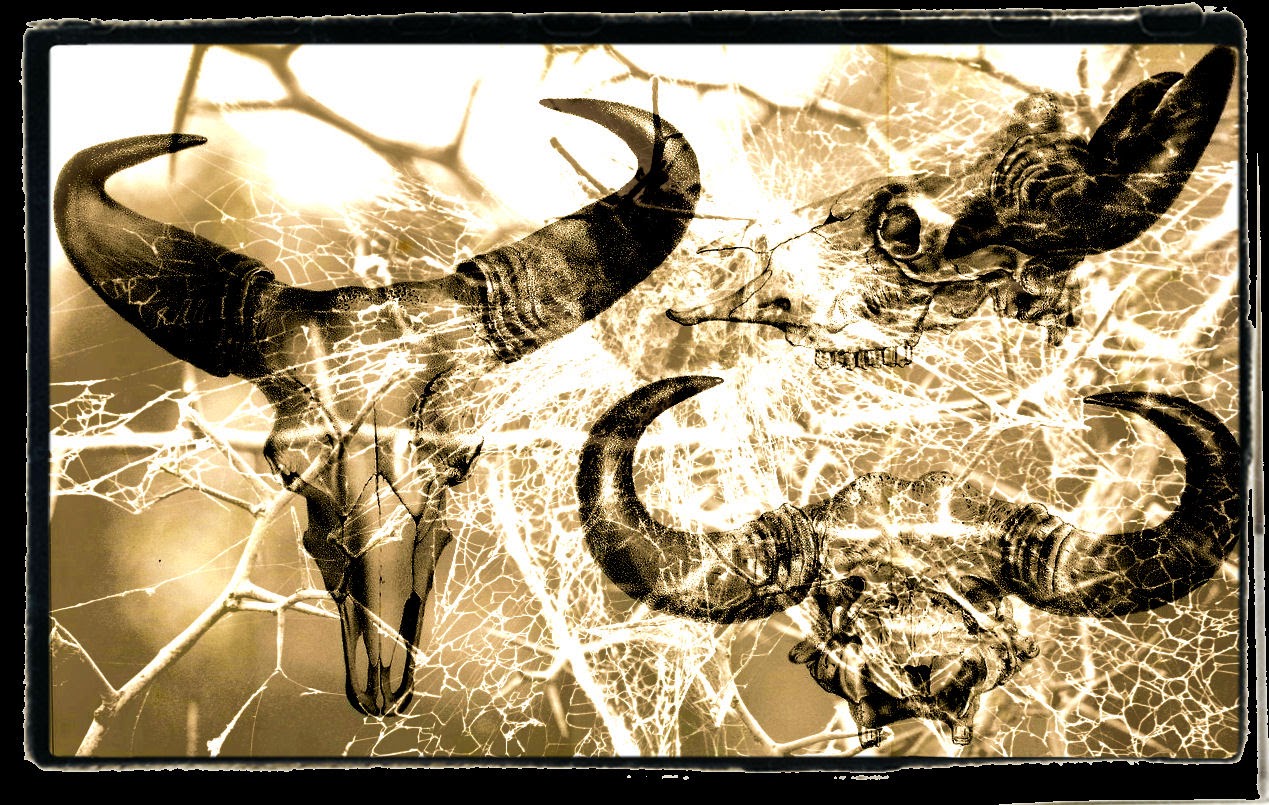
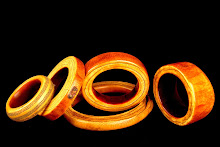
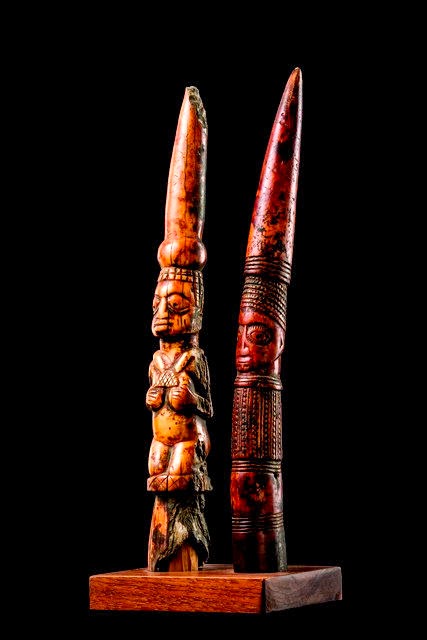

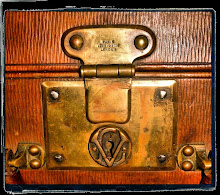


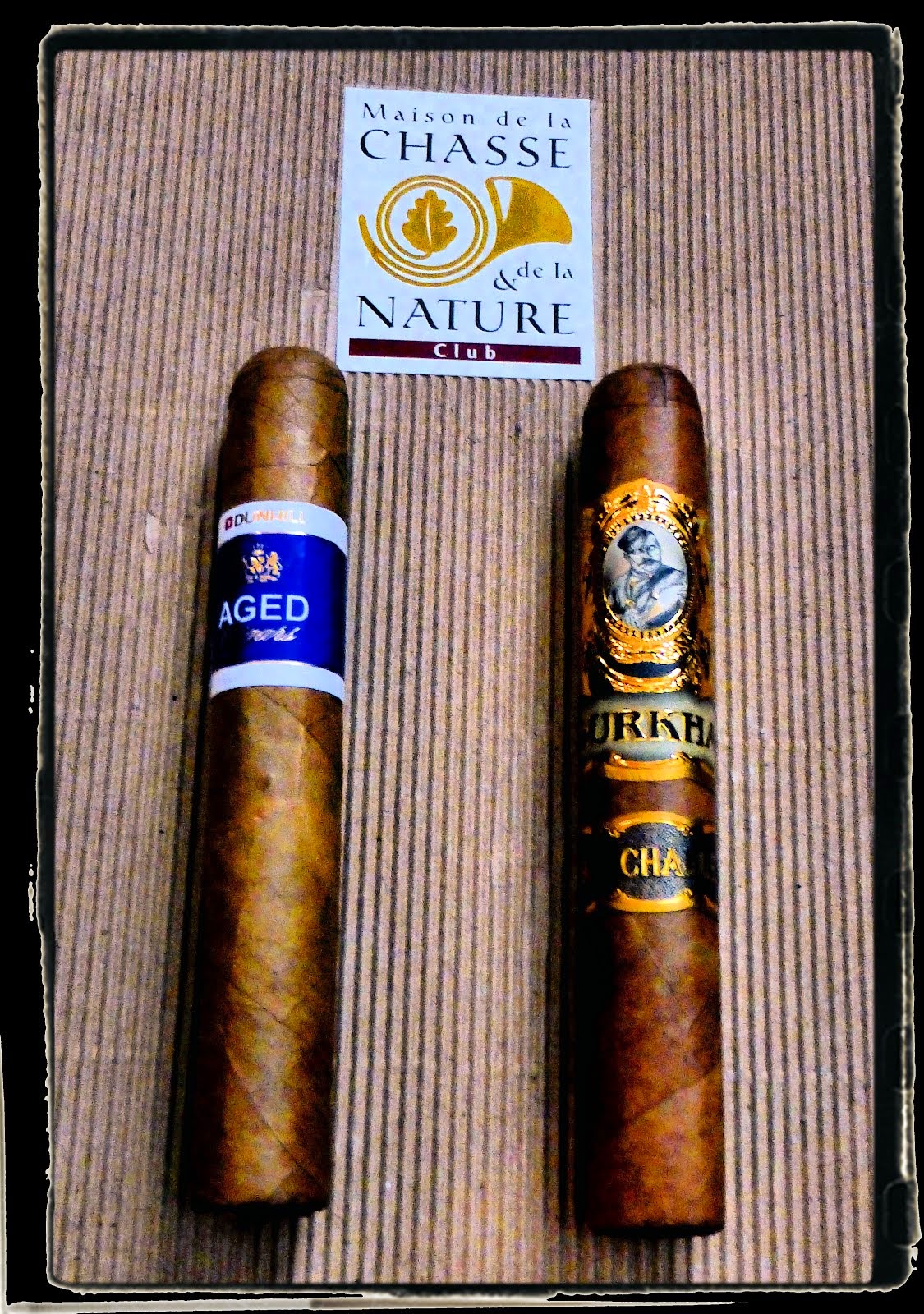
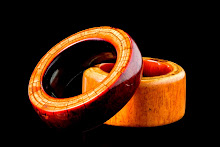

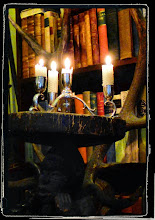

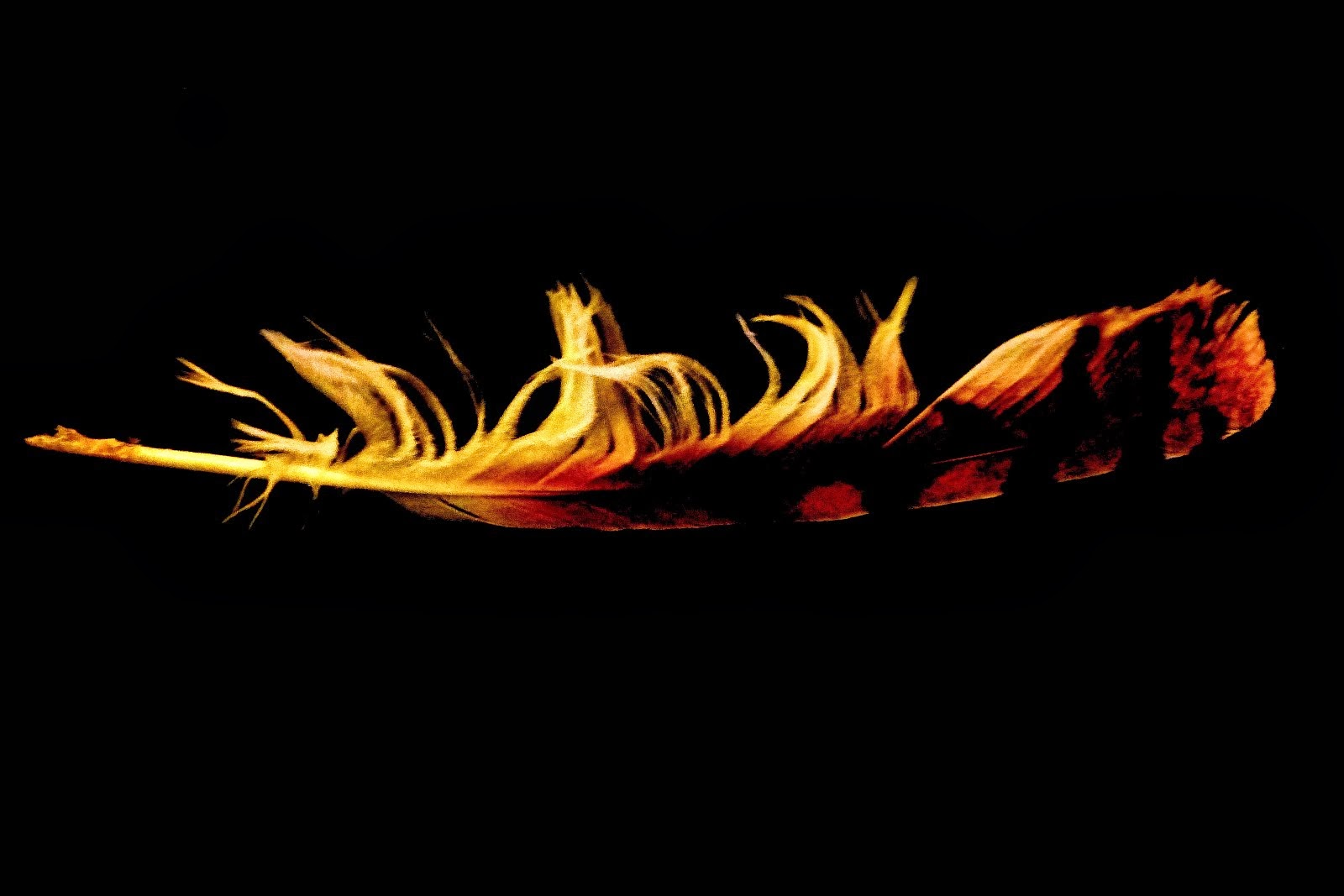
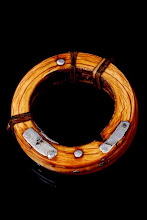





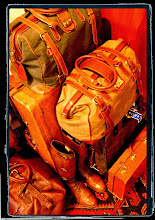




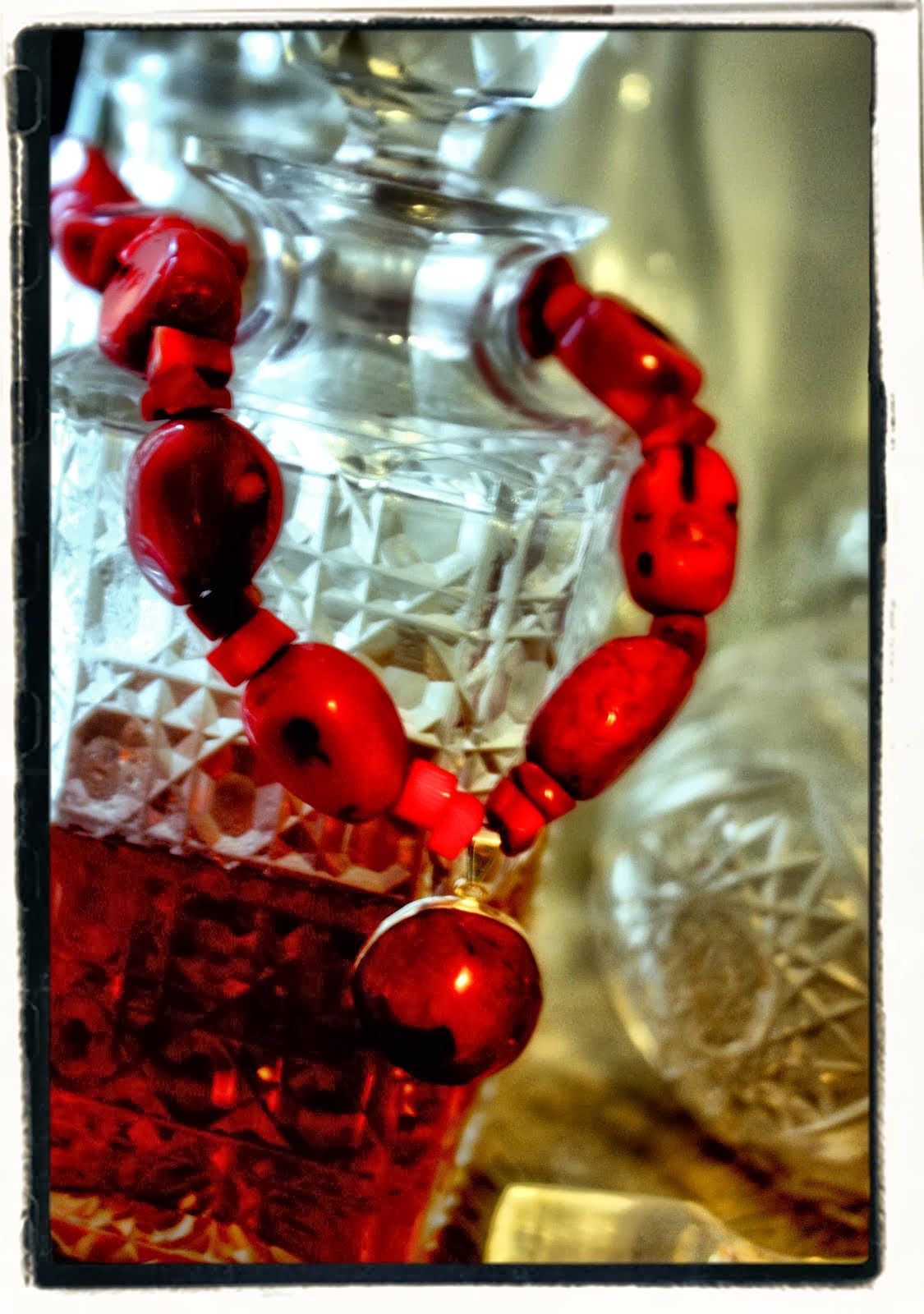
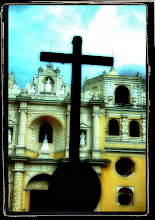
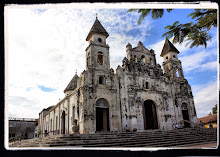

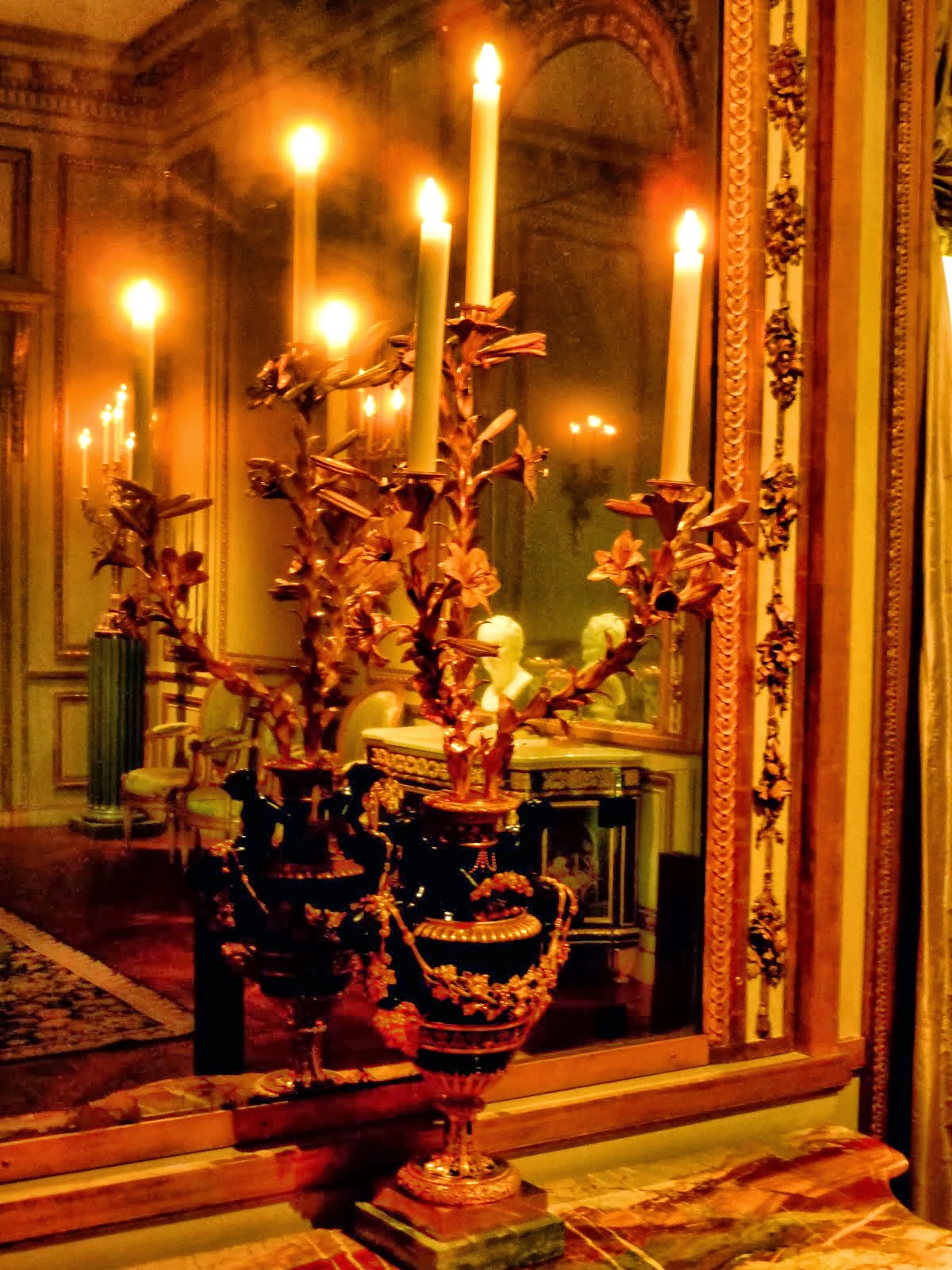
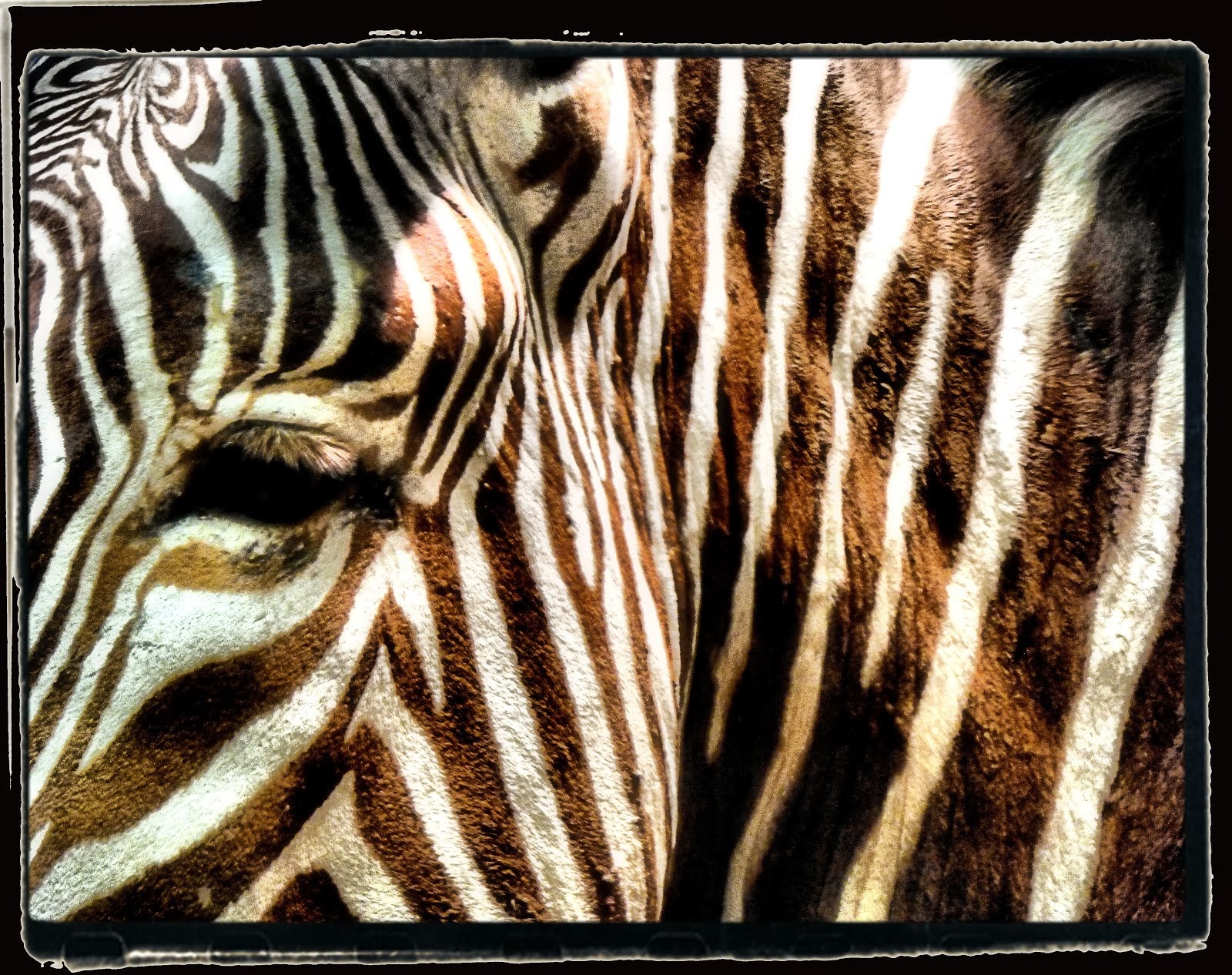
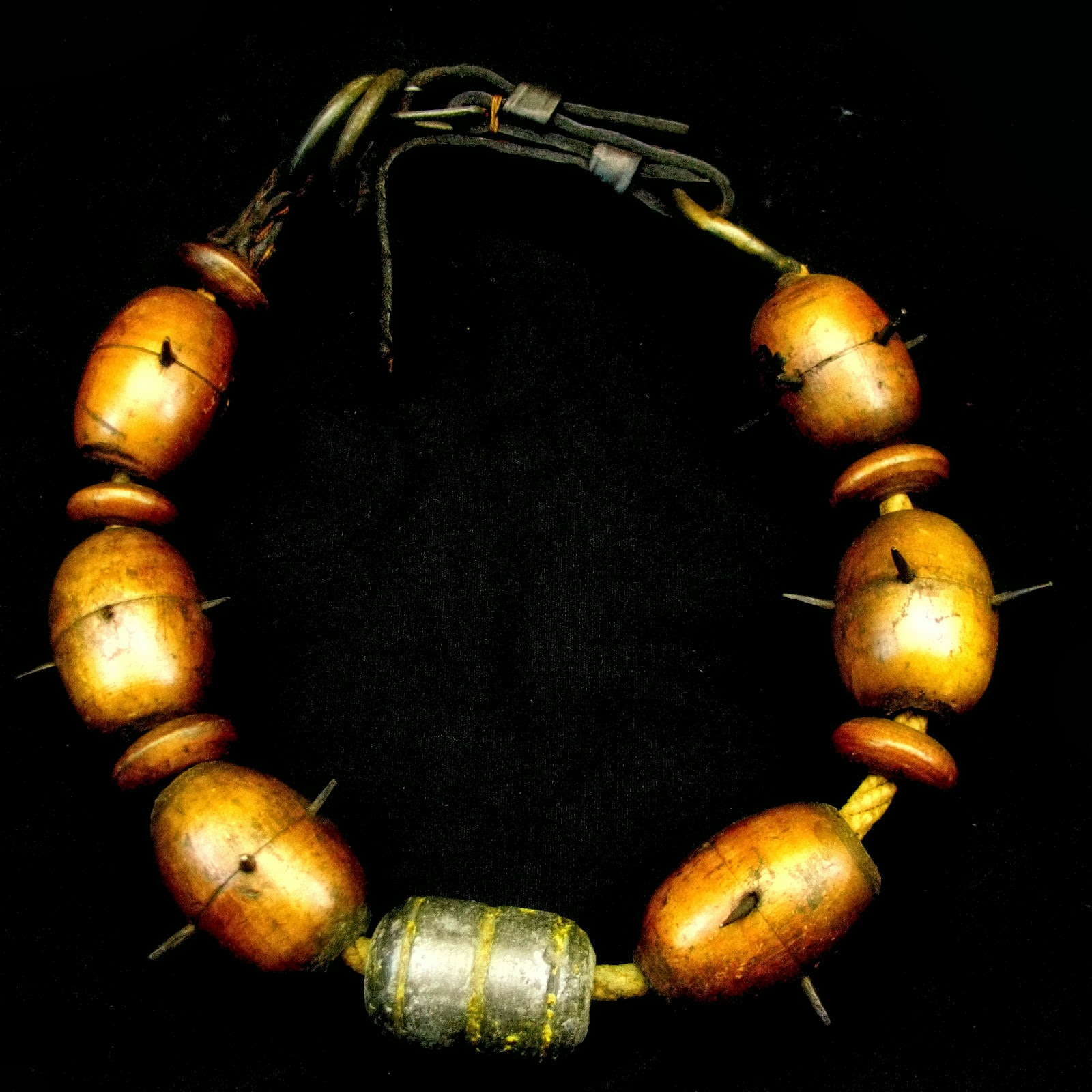


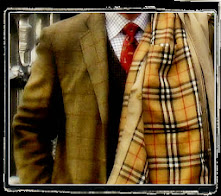
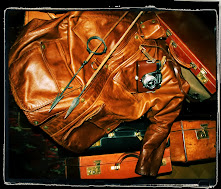


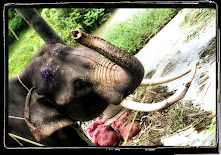

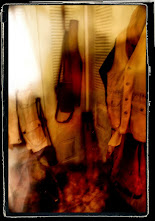
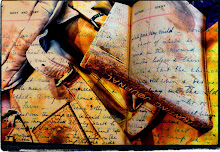




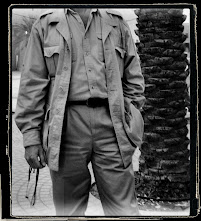



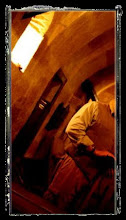








































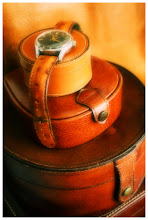






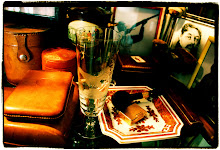







































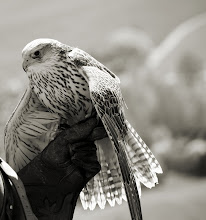
































.jpg)









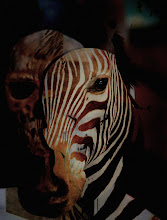.jpg)













